Do you like eating rice more than chapati? Have you ever observed you feel heavy after eating it? If your answer is yes, here are the correct ways to eat it to maintain health.

Rice is a staple food for more than half of the world’s population. Many people are confused about its consumption like it causes weight gain and is unsuitable for diabetes or high cholesterol patients. Here you will get all your answers on how to consume it, what is the right time to eat it, who should avoid it, etc.
It is mainly composed of carbohydrates (starch), making it one of the best souced to get a quick energy boost. It contains two types of starch: amylose and amylopectin. The texture (sticky or fluffy) of the variety of rice is different depending upon the amount of starch in it.
Among the different varieties, the long grain contains a high amount of amylase, which makes it fluffy. On the other hand, the one with small grain (desi chawal) has more amylopectin, which makes it sticky in consistency.
These two types of starch also impact how your body digests the rice. It is heavy to digest rice with more amylose (basmati). On the other hand, it is easy to digest it if it has more amylopectin (small grain). But, quick digestion of small grain rice might cause spikes in blood sugar levels. So, a person with diabetes must consume it in moderation.
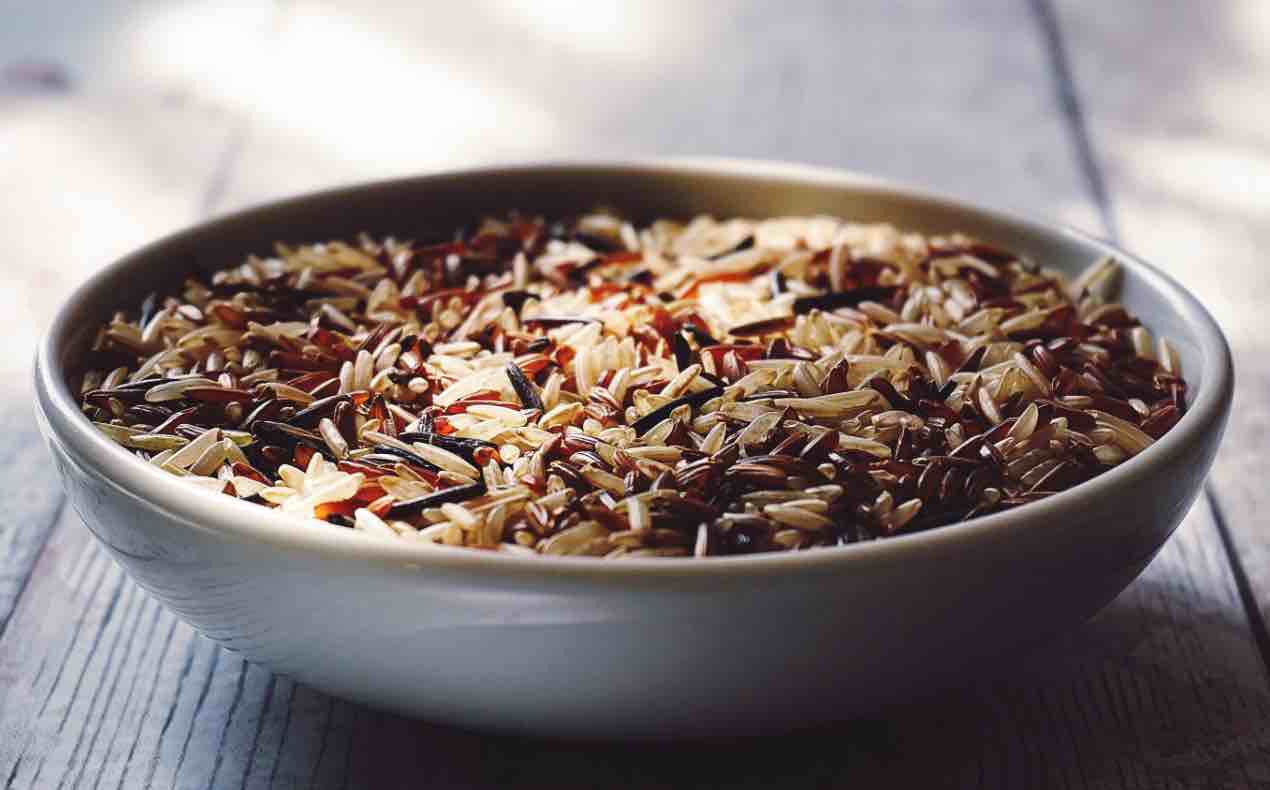
Fiber in rice:
Brown rice is a whole grain with bran and germ, which contains more fiber. On the other hand, white rice is processed, and its seed coat is removed, which is high in fiber content. Due to this, it is softer and cooks quickly.
Even though brown rice is high in fiber, it is essential to remember that it may cause bloating, gas, or constipation if consumed in excess. So, always eat them in moderation and also hydrate yourself well so that it helps you to move through your gut and not cause constipation.
Ayurveda’s take on rice:
मधुरा वीर्यत: शीता लघुपाका बलावहा: |
As per Ayurveda, it is sweet in taste, cooling in potency, unctuous, strengthening, and nourishing in the property. Due to this, it is highly beneficial for a Pitta person and may increase Kapha dosha if consumed in excess.
Rice is an easily digestible & gluten-free grain that offers various health benefits. Eating them with lentils or vegetables & ghee makes it a wholesome meal. As a result, it helps to provide good nutrition and strength to the body.
Can you consume rice if you have diabetes, sinusitis, high cholesterol, or obesity?
You can consume rice even if you have the conditions mentioned above. But you must follow some rules regarding its preparation and consumption. Eating it with the below-given directions can help you digest it easily and not cause any problem.
- Use rice that is one year old.
- Avoid consuming it every day.
- Do not eat it after sunset.
- Add a few spices like bay leaf, a pinch of black pepper, or cinnamon.
- Do not cook it in a pressure cooker. Instead, use an open vessel and add extra water to it. Once it is cooked, remove the starch water and consume it.
Food consumed in the right amount according to your hunger is best for your overall health. So, eat it guilt-free and make sure to eat a good variety of rice, cooked with the correct method and eaten in moderation with the right combination.
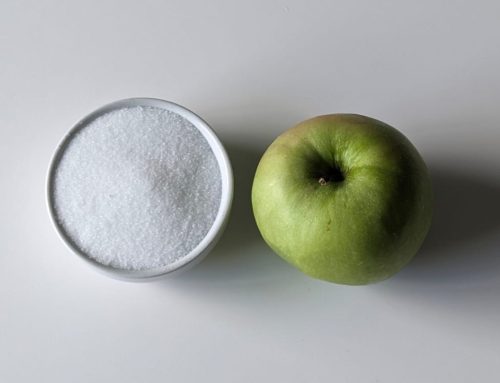
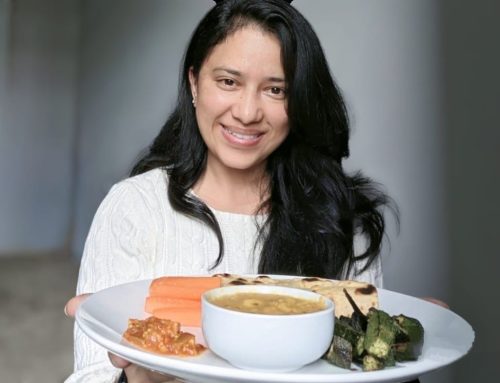

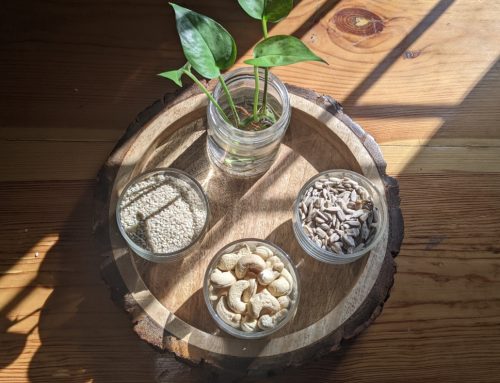
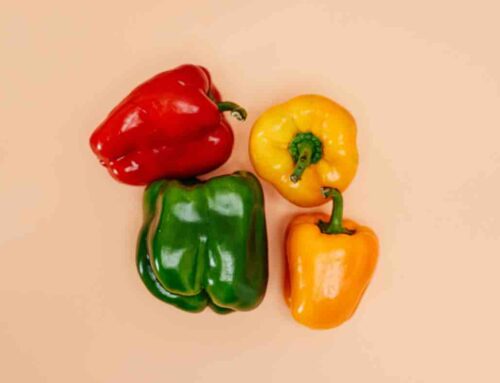
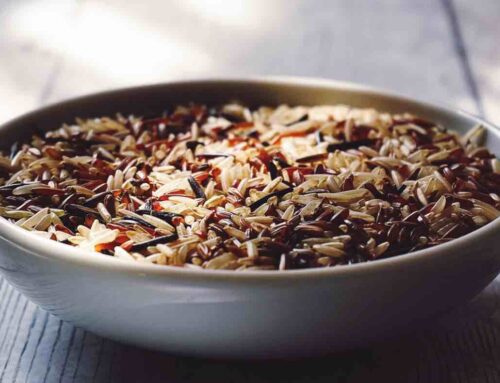
Leave A Comment